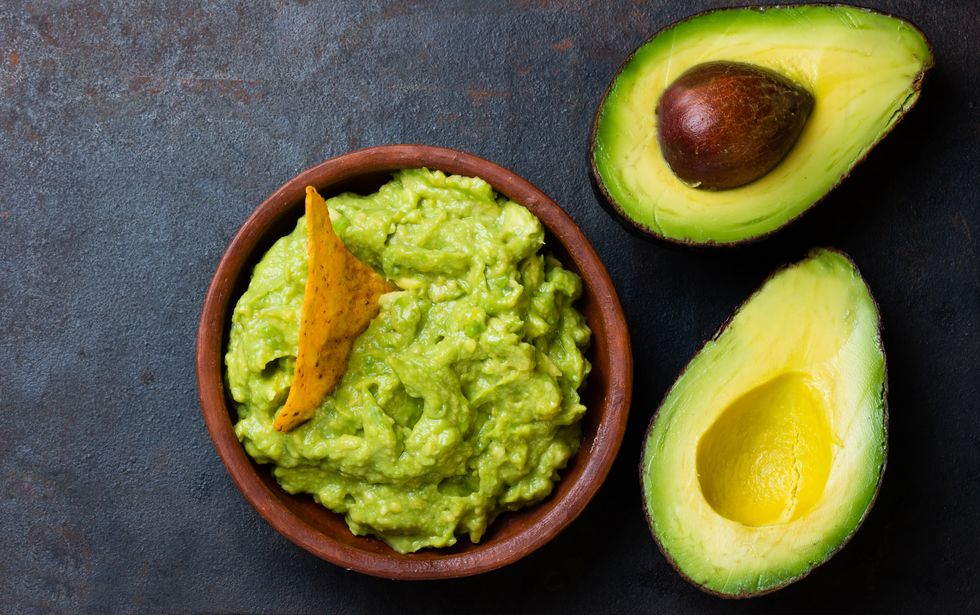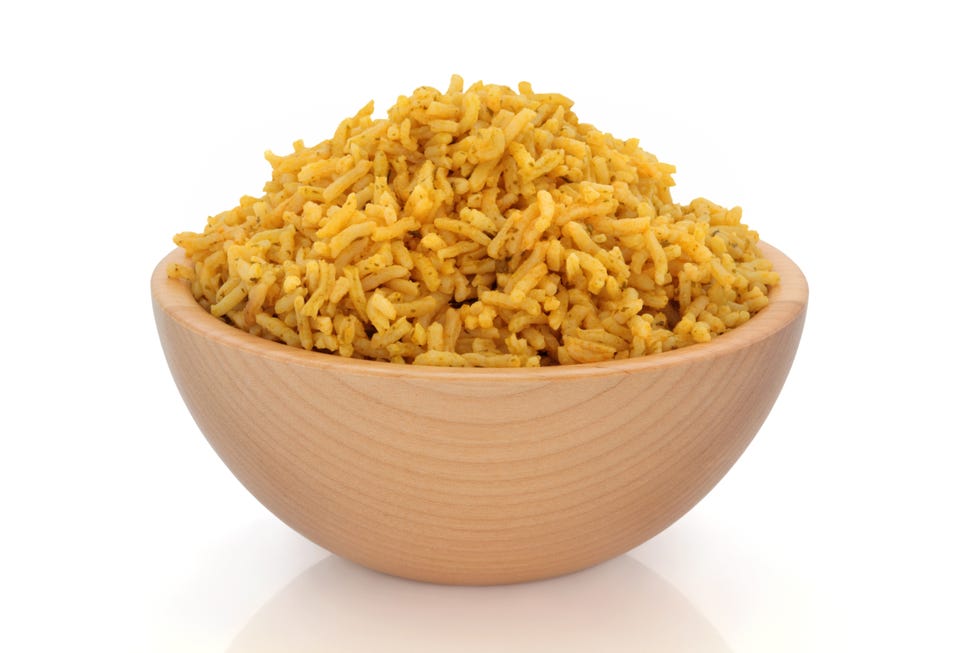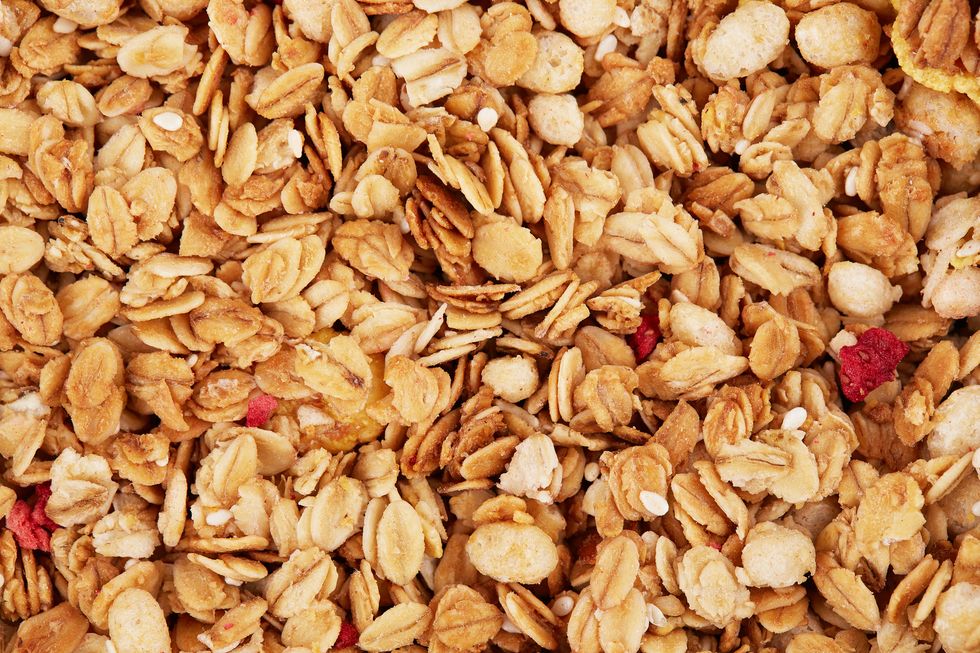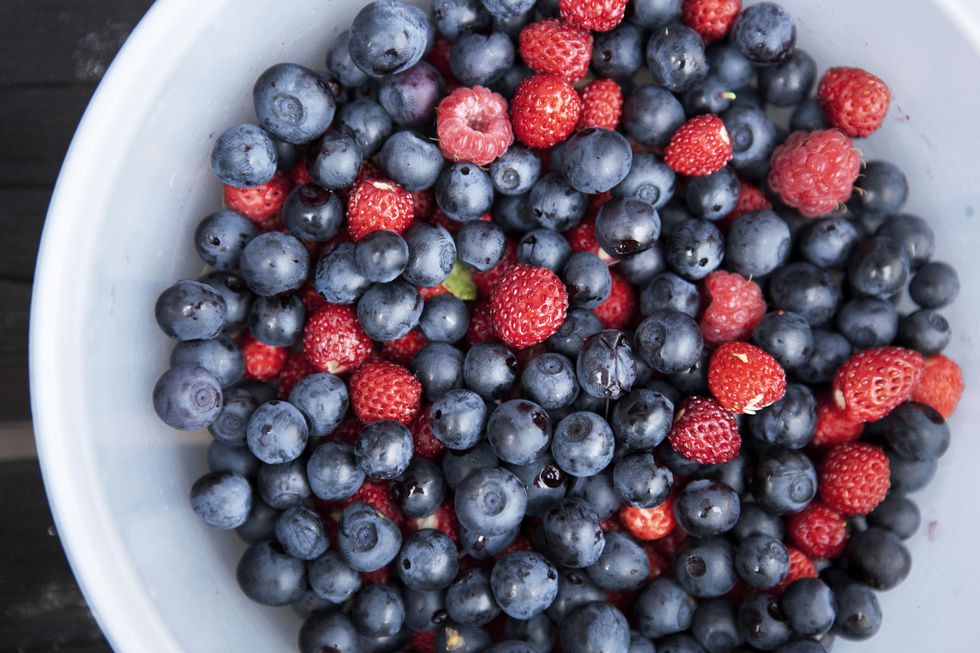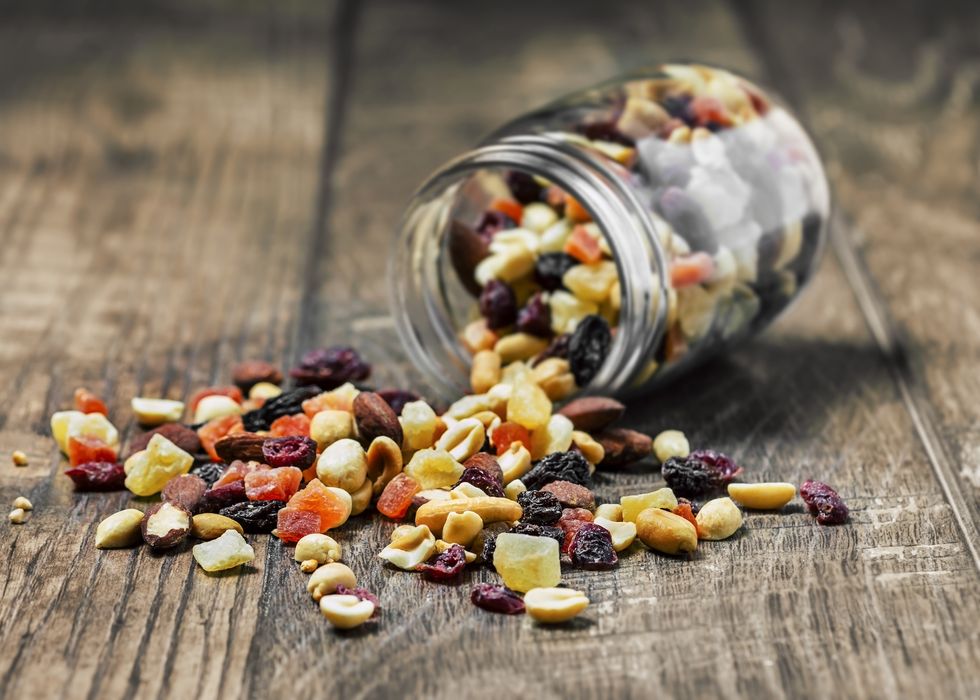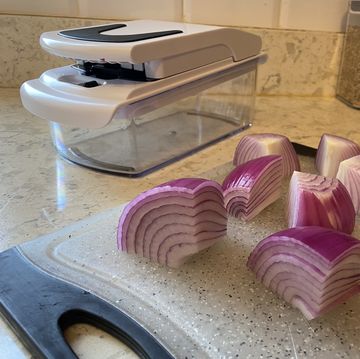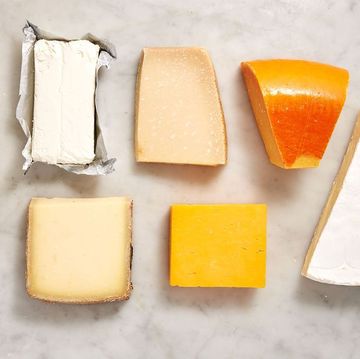Economic reports say that inflation rates are declining, but absurdly high grocery prices still haven't let up. If you compare the cost of pantry staples from what they were a year ago, the sticker shock can be, well, shocking. From eggs to butter to apples, it seems like even the cost of basic groceries can add up like never before.
Many of us have had to adjust our weekly shopping routines to fit within our budgets. The first step is choosing the most affordable stores. Still, even low-cost grocery stores keep overpriced items on the shelves.
As a general rule of thumb: when you buy convenience foods, you typically sacrifice affordability. The extra labor, ingredients, and packaging of otherwise basic foods can tack on a significant surcharge than if you were going to do it yourself.
More From Delish

That's not to say we're vehemently opposed to convenience—we have been known to jazz up a tube or two of crescent rolls, after all. But it's important to consider that not everyone has the time or mobility to prep every ingredient from scratch. If buying prepared foods works for you and your household, no judgement here. However, from a purely cost-oriented perspective, it adds a lot of extra money to your grocery bill.
With that said, here are the seven most overpriced items that you can buy at the supermarket.
Guacamole
Avocados are expensive enough on their own, but premade guacamole from the refrigerator section? One small tub can be higher than the federal minimum wage! Part of the added cost comes from the packaging, the effort it takes to make it, and the ingredients needed to transform a simple avocado into a zesty dip.
But let's be real: the extra ingredients aren't exactly the most extravagant. In premade guacamole, you can usually just find lime, cilantro, onion, and maybe a few chunks of tomato. You're better off buying those ingredients individually and dedicating 15 minutes to mash the avocado yourself. Even if the total cost is similar, you'll be left with a larger quantity of fresher guacamole that's seasoned to your taste.
Pre-Cut Fruit
In the refrigerated displays lining the perimeter of your produce section are rows and rows of sliced fruit in plastic containers. From pineapple and mango to plain sliced apples, the bright array of colors can be especially tempting.
But this convenience comes at a high price. Pre-cut fruit can be well past its prime and still cost an arm and a leg. For whole fruits that may be daunting to cut on your own, like pineapples and watermelon, we can understand the appeal of having the prep work done for you. But if you are able to do it yourself, all you need is a sharp knife and some patience.
Rice Mixes
Rice is a staple ingredient in cuisines all over the world, and can come in a variety of forms. And depending on the meal you're preparing, you may want to buy boxes or bags of rice seasoned with added flavorings. When you're looking in the grain aisle and see boxes listed for just a few dollars, it seems like a cost effective choice. But it's actually one of the most overpriced items you can find in the whole store.
Sure, a large bag of plain rice is more expensive than a box of garlic and herb pilaf. But, when you measure the cost on the most basic level, a.k.a. the price per pound, those seasoned boxes of rice can be nearly six times as expensive. Just add some of your own spices to plain rice if you're on a budget.
Granola
Store-bought granola can come in a variety of flavors with different types of grains, nuts, dried fruits, and spices. Some of those ingredients can get pricey, but the primary ingredient in most granola is rolled oats. Even in the midst of inflation, oats (especially from generic brands) is one of the most affordable groceries you can find.
You can easily make your own batch of granola at home for less than you would spend on brands at the store. And the best part? You can control what goes in it. If your supermarket has a bulk food aisle, fill up containers with small amounts of your favorite nuts and seeds to customize your breakfast on the cheap.
Berries
Another factor that can seriously ramp up the cost of groceries is transportation. And for a large portion of American consumers, most of your produce comes from far away farms during the off season. The more delicate the fruits and vegetables, the more costly it is to transport. And the biggest budget-ruiner comes in the smallest package: berries.
If berries are not in season where you live, they are most likely imported from warmer climates south of the U.S. border. And since they go bad relatively quickly, the expedited shipping means your fruit can cost a fortune. Instead, we recommend buying fruit that's in season. And if you're really craving a batch of lemon blueberry cheesecake bars, stick with frozen.
Trail Mix
Nuts are generally expensive already, but something about packaging them with a handful of raisins makes them even more costly. Bags of store-bought trail mix often have just a few servings and still come with a double-digit price tag.
DIY-ing your own trail mix couldn't be simpler, and just like making granola from scratch, is entirely customizable. If you have access to bulk bins, you can take as much as you need for a low price. Mix together a few of your favorite nuts and dried fruits (and maybe some M&Ms too) for a more affordable version.
Bone Broth
People have waxed poetic about the health benefits of bone broth over the traditional boxes of chicken stock. The addition of collagen from animal bones can certainly add more richness to your sauces and soups. But, if we're being entirely honest, the majority of supermarket bone broths have such a low amount of collagen that it has a minimal impact on your recipes.
And with some broths costing four times more per pound than standard stock, the cost/benefit ratio is not worth the money. The most cost-effective store-bought solution, for those who don't have the time or energy to make their own broth, is to grab a jar of Better Than Bouillon. Each eight-ounce container makes 32 cups of broth, making it the most cost-effective option at the supermarket.
What other items from the grocery store are overpriced? Let us know in the comments.
Gabby Romero is Delish’s editorial assistant, where she writes stories about the latest TikTok trends, develops recipes, and answers any and all of your cooking-related questions. She loves eating spicy food, collecting cookbooks, and adding a mountain of Parmesan to any dish she can.

